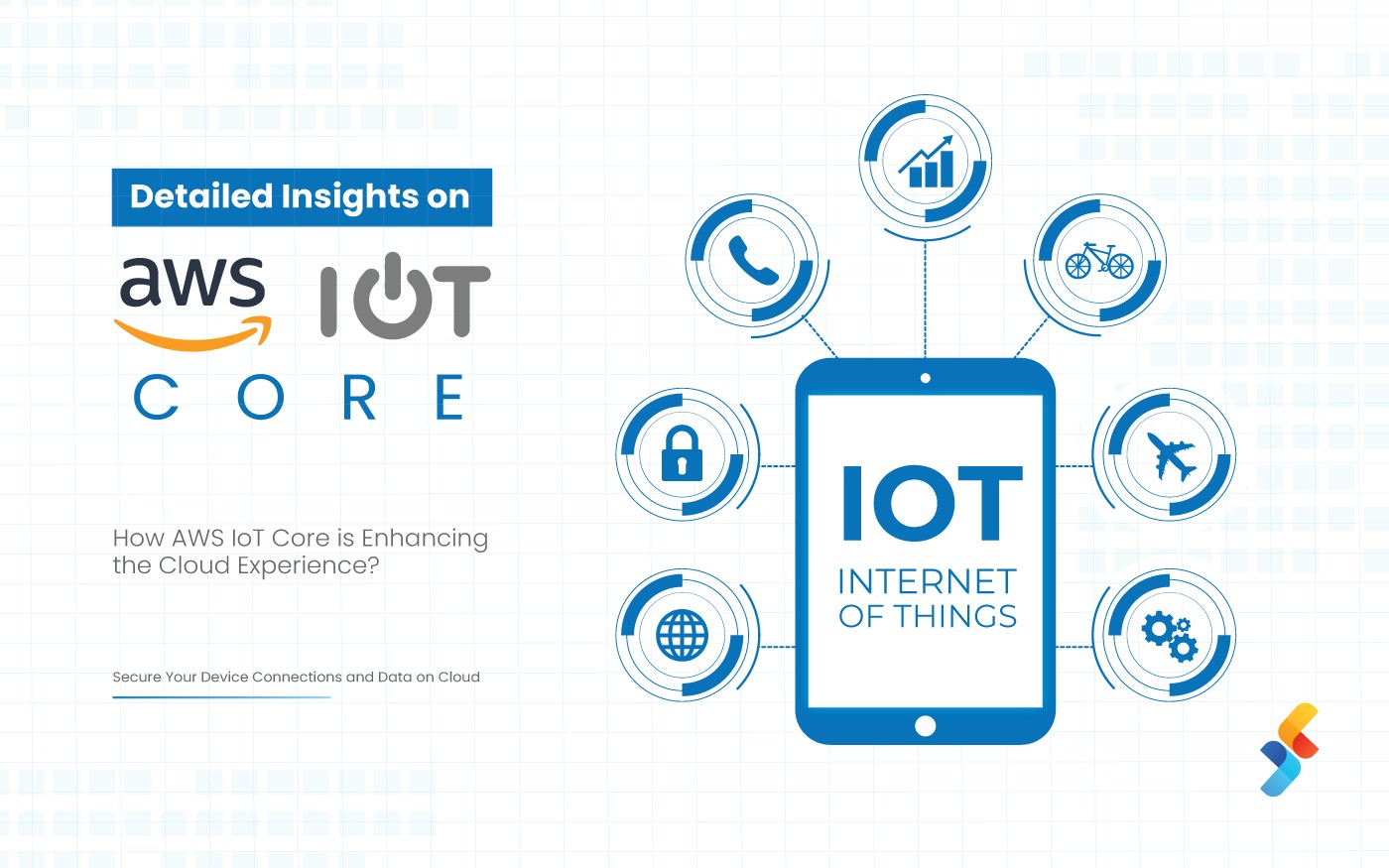A drone, also known as an unmanned aerial vehicle or UAV, is basically a flying robot that can be controlled remotely or it may have the technology to fly on its own using software-controlled flight plans which are embedded in their systems.
Drone technology is something that is continually evolving, with investments in it increasing year by year. This is because drones have a wide range of uses that are crucial for several industries. For example, unmanned aerial vehicles are commonly used in the military for gathering intelligence, for anti-aircraft target practice and more.
The military isn’t the only field where drones have irreplaceable value. Today, they are used in weather monitoring and prediction, traffic monitoring, in search and rescue efforts to reach places that are impenetrable by humans or larger machines, in surveillance, etc.
They are even used for personal and business purposes. Real estate and delivery services are among the industries which have really benefited from drone technology. When cameras are attached to drones, they are used for aerial photography and videography by photographers, filmmakers, real estate agents, etc. Many top UX design firms play an important role in the development of drones.
How does a drone work?
Drone technology works in conjunction with GPS and onboard sensors. Today, many drones have advanced features that make them extremely durable and intelligent, thus widening their scope of use. Below, we take a look at the different components of drone technology.
Radar positioning and return home
Modern drones are integrated with dual Global Navigational Satellite Systems or GNSS, which includes GPS and GLONASS. These drones can fly in GNSS as well as non-satellite modes. Radar positioning helps in accurate drone navigation and also displays the current position of the drone in relation to the controller. The Return to Home feature guides the drone back to the controller.
Obstacle detection and collision avoidance technology
High-tech drones come with obstacle detection and collision avoidance technology in order to ensure safety. These sensors thoroughly scan the surrounding environment, while SLAM technology and software algorithms produce the scanned images into a 3D map.
Gyroscope stabilization
Drones can fly smoothly because of the gyroscope stabilization technology embedded in them. In addition, the gyroscope also provides important navigational data to the central flight controller.
Inertial Measurement Unit (IMU)
The IMU is a technology that can detect the current acceleration rate using one or more accelerometers. It does so by detecting changes in various rotational attributes using the gyroscope.
Motors and propellers
These are technologies that enable the drone to move into the air and hover or fly in any direction. They let the drone either hover or fly based on the data received from the flight controller and electronic speed controllers.












